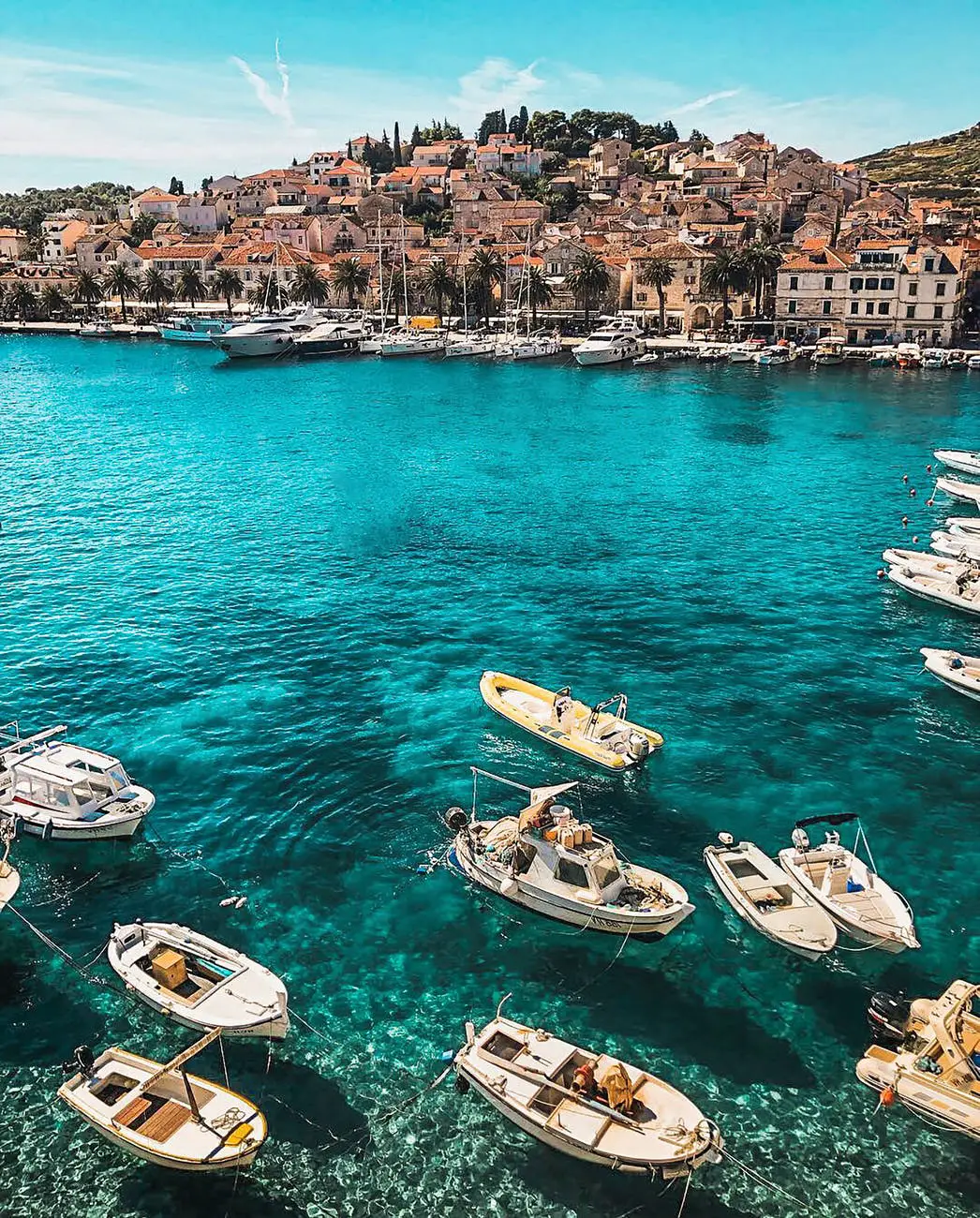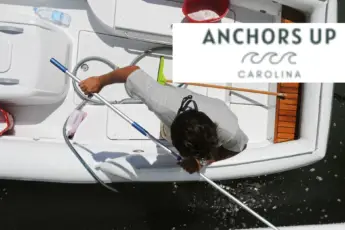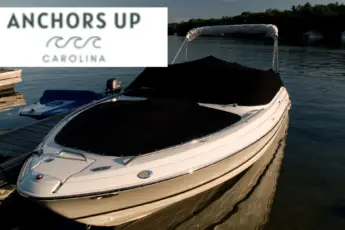For many new boaters, understanding and memorizing navigation rules can be a daunting task. Without understanding and adequately applying the rules of the road as they are known, you, your passengers, and the lives of those on another vessel can be in danger. If you have ever been a bit confused about the boating right of way, we have everything you need to know to give you confidence to operate a boat.
Boating Navigation Terminology
When navigating, you must be familiar with the key names of points on the boat.
- When at the steering wheel and looking directly ahead at the very front of the boat, this is called the bow.
- The very back end of the vessel is called the stern.
- As you face forward towards the bow and you look left over the side, this is called port, and the navigation light to match the port side is red. An easy way to remember this is the saying “port red wine.”
- Opposite of port is starboard or the right side of the vessel when looking forward.
Common Boating Navigation Laws
Here are a few of the most common navigation laws that you will see on the water while underway.
What side do you pass an oncoming boat and what is the horn signal?
When faced with a situation where a boat is off of the bow and heading in your direction, the two vessels should pass port to port or at night view the oncoming boat’s red bow light on your left side. When signaling the other boat by sound, use one short blast.
How to determine if a boat is a give-way vessel?
The give-way vessel is the boat that must remain clear of the other in its vicinity, who will stay on its course without altering. A couple of different scenarios exist in determining the give-way vessel.
When in a crossing situation, the vessel to your starboard side is the stand-on vessel. It is your responsibility to let the boat pass safely in front of you. At night, you will see the crossing vessels red port navigation light. Think of it is a viewing a red stoplight as a reminder to allow them to pass ahead of you
How are boats supposed to pass?
Boats, when faced with a head-on situation, most commonly pass port to port.
What Do The Horn Blasts Mean In Boating Right Of Way?
Now it is essential to understand the duration of a horn blast and what differentiates a prolonged versus a short signal.
- A short blast of the horn is for a length of one second.
- A prolonged blast is four to six seconds long.
- Three short blasts mean that a boat is powering its engines to move in a backward motion.
What signal do you sound when passing a vessel on its port side?
Two short blasts indicate to another boat that you are passing them by leaving them to your starboard side.
What signal do you sound when passing a vessel on its starboard side?
The sounds to pass another boat on its starboard and leaving them to your port side is one short blast.
How to understand basic navigation with channel markers?
Running aground is always a danger which is why it best to remain within the limits of a channel. When returning from sea remember the saying red right return. Always keep the red channel markers to your right or starboard side. Conversly when headed out bound, the green channels markers should remain to the port sise of the vessel.
There are some vessels that hold priority when it comes to navigation rules. Sailboats, commercial vessels constricted by draft, and some fishing vessels engaging in commercial fishing operations hold precedents above all other motor vessels. These types of vessels are all granted the right of way above you.
While we should follow the rules to help prevent incidents, in some situations rules must be broken to eliminate vessels colliding with each other. Use your best judgment when faced with a situation that leads to no other choice but does deviate from regulations.
Conclusion
Next time you’re on the water keep the boating right of way in mind. While safety is of the utmost importance, remember to have fun enjoying the water with your friends and family. Fishing, tubing, and sightseeing offer endless recreational opportunities out on the ocean, rivers, and lakes. If everyone follows the rules of the boating right of way the experiences will be greatly improved.








Leave a Comment
You must be logged in to post a comment.